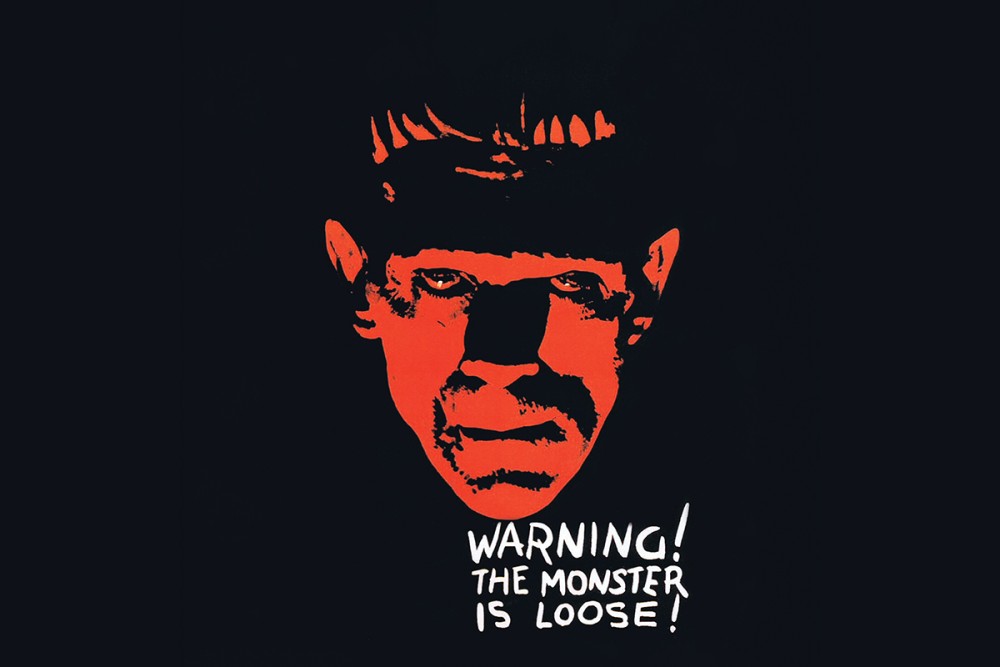Mary Shelley’s Frankenstein and the monster of Whiteness
Unmasking and slaying our Promethean desire for mastery

One of the most terrifying monsters in literature is the monster in Mary Shelley’s Frankenstein. The unnamed monster is an eight-foot-tall being made from scavenged parts of cadavers. Although he has certain traits that might identify him as human—he reads Milton, he craves companionship—he will ultimately always succumb to his basic nature and kill those he wants to love. A monster is often made from composite parts and full of contradictions. A monster is incoherent, but its aim is always destruction.
Shelley wrote Frankenstein; or The Modern Prometheus in 1818 in a society struggling with the first hints of industrialization. She was trying to grapple with what happens when humans abuse the power they’ve been given, when their grasp exceeds their reach.
Prometheus, in Greek mythology, is a Titan god of fire. He created humans from clay and then stole the fire of the gods to give it to them. Victor Frankenstein harnesses the power of life and death and uses the fire of electricity to spark life in his monstrous and ultimately uncontrollable creation. This modern Prometheus is obsessed with human progress, with making a name for himself, and with proving his own significance while mastering the forces of nature. Shelley foresaw in him others who would wreak havoc on human society through a mistaken understanding of their power.





